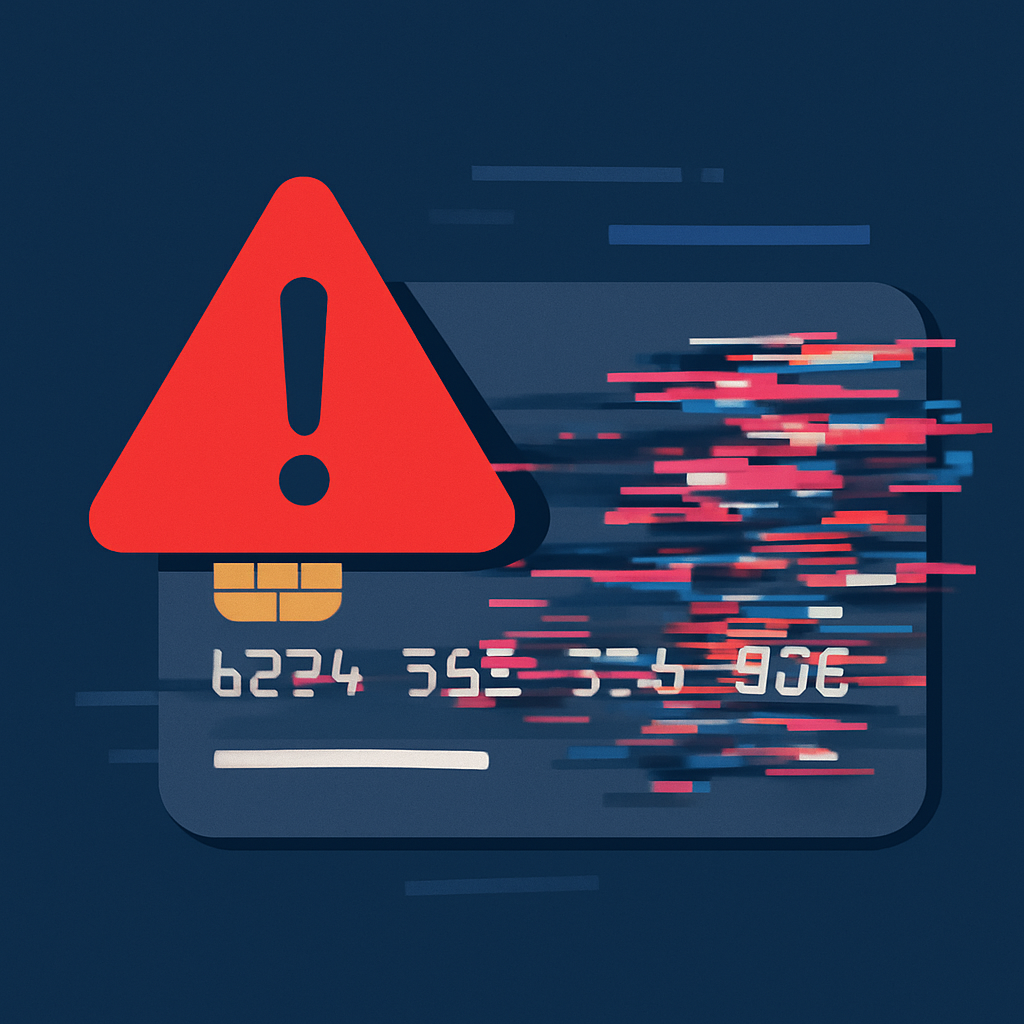In today’s digital era, identifying financial fraud is more crucial than ever. As technology evolves, so do the techniques employed by fraudsters, making the task of discerning deceit in financial transactions both challenging and vital for individuals and businesses alike. Financial fraud can result in substantial losses, not just monetarily but also in terms of time, stress, and reputation.
In the U.S., where transactions occur at a tremendous pace and volume, having the knowledge to detect little-known schemes can safeguard your assets. This blog post will guide you through understanding, recognizing, and responding to deceptive financial tactics.
Understanding financial fraud in the U.S.

When discussing financial deception, it’s essential to know what it encompasses in the U.S. context. Financial fraud typically involves any act of deception carried out for the purpose of financial gain. This can take myriad forms, including credit card scams, identity theft, Ponzi schemes, and cyber-attacks.
The federal government, along with state agencies, defines and regulates fraudulent activities, with laws such as the Sarbanes-Oxley Act aiming to increase transparency and accountability. Understanding the legal framework helps in identifying and reporting suspect activities, thereby enhancing protection against potential financial havoc.
Different types of scams have distinct characteristics. Credit card scams, for instance, often involve unauthorized transactions and can be detected by closely scrutinizing your account statements. Identity theft, on the other hand, might manifest through unfamiliar accounts or loans being opened in your name, necessitating vigilance and regular credit report checks.
Ponzi schemes are illicit investment operations where returns to earlier investors are paid from the capital of newer investors, rather than from profit earned. Recognizing these tells will arm you against falling victim and enable proactive steps to counteract attempts at fraud.
Common red flags of fraudulent activities
Spotting fraud often starts with recognizing the red flags. Some common indicators include unexpected charges or withdrawals on financial statements, anomalies in bills, and communications or offers with excessive urgency or that promise unrealistic returns.
Fraudsters typically use emotional manipulation to pressure victims into quick decisions, hence creating an understanding of these tactics is pivotal. Always question any request that involves sharing sensitive information such as social security numbers, banking passwords, or one-time pins, especially if the request comes via an unverified source.
Receipts or confirmations for transactions you did not initiate are another telltale sign of deceitful practices. Double-check these against your account to ensure all transactions align with your activities. Moreover, emails and phone calls supposedly from financial institutions asking for personal details are a massive red flag.
Legitimate institutions typically have your details on record and emphasize privacy protection, so they will not ask for this information arbitrarily. Always verify the authenticity of such communications by contacting the organization directly using trusted contact information.
Technological defenses against fraud
In a high-tech environment, utilizing digital defenses is instrumental in protecting yourself from financial trickery. Implement comprehensive security measures like strong, unique passwords and multi-factor authentication on all financial accounts.
Regularly update your software and devices to protect against vulnerabilities that cybercriminals could exploit. Additionally, consider using virtual private networks (VPNs) to encrypt your internet connection especially when accessing financial information over public Wi-Fi, as these networks can be less secure.
Another technological safeguard is being cautious about the websites you interact with and applications you download. Look for secure connection indicators such as URLs beginning with “https” to ensure you’re not on fraudulent platforms.
Anti-virus and anti-malware programs can also guard against malicious software that might try to infiltrate your device and compromise your financial data. Staying informed about common scams and the latest cyber threats helps keep your defenses robust against evolving fraud tactics.
Responding to potential fraud
If you suspect you’re the target of financial deception, taking swift action can mitigate potential damages. Report suspicious activities to your financial institution immediately. Banks and credit card companies have dedicated fraud departments equipped to investigate and potentially reverse unauthorized transactions.
To rectify any damage caused by fraudulent activities, obtain your credit report and check for unauthenticated accounts or inquiries. The U.S. has laws allowing you to place a fraud alert on your credit report, warning creditors of the necessity to undertake additional checks before opening new accounts in your name.
Consider freezing your credit as an additional protective measure. It prevents financial agencies from accessing your credit report, making it harder for identity thieves to open accounts using your personal information.





